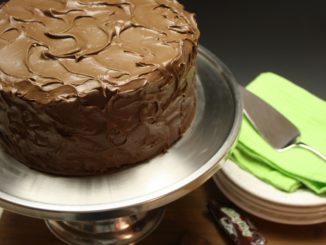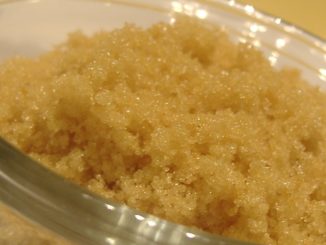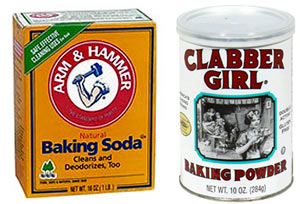Stocking your kitchen can be overwhelming, especially if you’re uncertain about the tools you’ll need. If you’re chopping ice, pureeing soups, or making dough, a food processor or blender will make your life easier, but how do you know which one’s best for which job?
Blender vs Food Processor
Though there is some overlap in the work blenders and food processors can tackle, there are some key differences to consider when deciding which to purchase.
A good blender will make quick work of chopping ice, making tasty smoothies and pureeing foods. They typically have a tall, narrow bowl making them perfect for liquids, and can operate on multiple settings or speeds.
Food processors can work with or without a liquid. They usually have a wide, shallow bowl perfect for holding sliced veggies and doughs and have several different blades for different chopping tasks. The blades, which allow you to slice, grate, shred and more, make processors more versatile, allowing you to accomplish more tasks with one appliance.
Here’s a quick cheat sheet with 10 common kitchen tasks and the appliance that best suits them.
Need a list of the 50 essentials for a well-stocked kitchen? Click here.
Blender vs Food Processor – 10 Common Tasks
Blender
1. Chopping ice
2. Chopping or mixing small quantities
3. Pureeing vegetables and soups
4. Emulsifying salad dressings and vinaigrettes
Food Processor
5. Mixing or kneading dough
6. Chopping & slicing vegetables
7. Grating cheese
8. Chopping nuts
9. Making bread crumbs
10. Chopping herbs – A sharp knife is best and a blender’s blades will pulverize instead of chop.
The post contains affiliate links to products we know and love.





Be the first to comment